When you're considering stomach fat reduction, you might be weighing the options between CoolSculpting and liposuction. Each of these procedures offers a different approach to achieving a slimmer, more contoured abdomen. CoolSculpting is a non-surgical treatment that reduces fat by freezing fat cells, which your body then removes naturally.
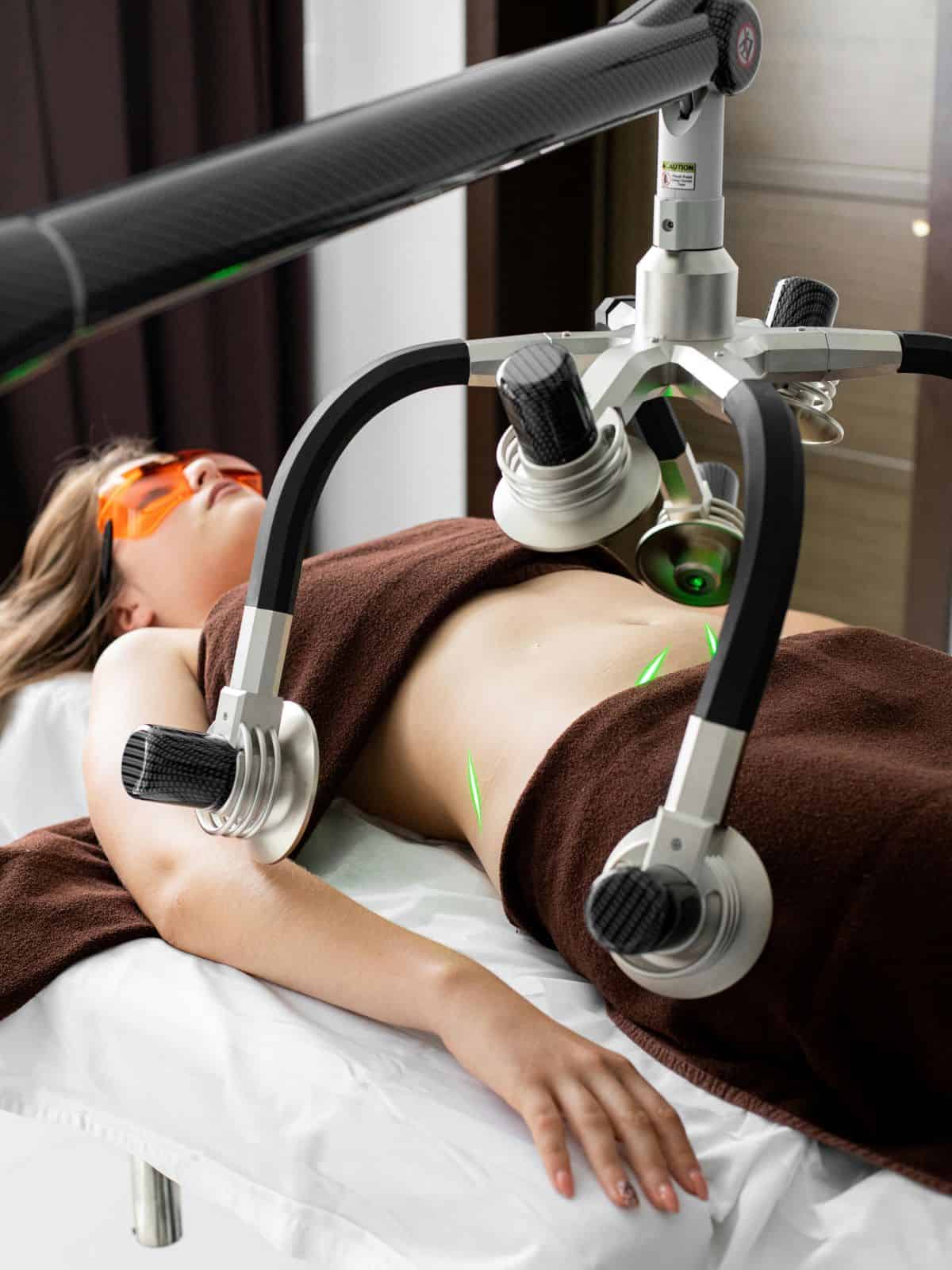
It targets specific areas of fat accumulation and could be an option if you're looking for CoolSculpting on stomach to sculpt your physique without undergoing surgery.
How Does CoolSculpting Compare to Liposuction
Liposuction, on the other hand, is a surgical procedure that involves the removal of fat from the body using suction. It can typically remove larger amounts of fat in a single session compared to CoolSculpting. While more invasive, liposuction provides immediate results versus the gradual effects seen after CoolSculpting treatments. When deciding on the most suitable option, you'll want to consider factors like recovery time, the extent of fat reduction required, and your overall health and lifestyle.
Comparing CoolSculpting and Liposuction
When considering CoolSculpting and liposuction for stomach fat reduction, you'll be faced with choosing between a non-invasive cryolipolysis technique and a more traditional surgical procedure. Both methods offer distinct approaches to fat reduction, with differences in procedure, effectiveness, recovery, and cost.
Procedure and Technology
CoolSculpting utilizes a technology called cryolipolysis, where fat cells are frozen and then naturally eliminated by your body over time. This non-invasive method does not require anesthesia and is carried out using a special applicator in the treatment areas.
In contrast, liposuction is a surgical procedure where a cannula is used to physically remove fat from the body. It often requires general anesthesia or sedation and involves making small incisions.
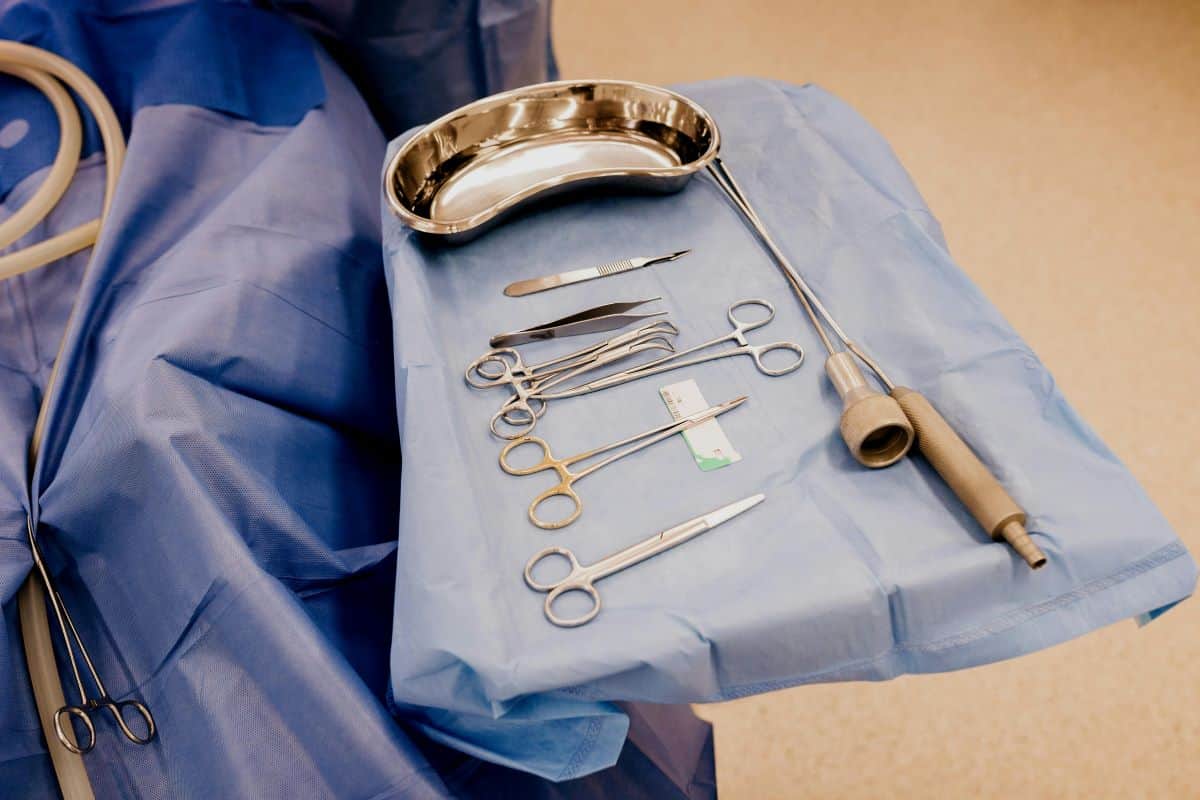
Effectiveness and Results
For CoolSculpting, multiple sessions may be needed to achieve desired results, with the full effect visible in a few months as fat cells are processed out of your body. Liposuction typically results in more dramatic results in a single surgery, as a larger volume of fat is eliminated immediately.
Recovery and Side Effects
Post-CoolSculpting, you may experience temporary redness, swelling, or skin sensitivity, but with minimal downtime. Liposuction involves a longer recovery period, with the potential for discomfort, bruising, and swelling.
Cost and Accessibility
The cost of CoolSculpting can vary depending on the number of sessions required, whereas liposuction may have a higher initial cost but typically only involves one procedure. Both can be significant out-of-pocket expenses and may depend on your budget and specific aesthetic goals.
Patient Experiences and Expectations
Your satisfaction with CoolSculpting or liposuction will depend on your expectations for fat reduction and your comfort with the procedure. Non-invasive CoolSculpting may appeal to those seeking less drastic changes without surgery, while liposuction offers more immediate and noticeable changes to your body contour.
Safety Profile and Potential Complications
Both CoolSculpting and liposuction have been approved by the FDA for fat reduction. CoolSculpting can sometimes lead to a rare side effect known as paradoxical adipose hyperplasia. In the case of liposuction, risks such as fat embolism or issues with loose skin post-procedure must be considered. Always consult with a board-certified plastic surgeon to discuss risks and benefits.
Ideal Candidates and Lifestyle Considerations
Choosing the right stomach fat reduction technique, whether noninvasive options like CoolSculpting or surgical methods like liposuction, depends on your body contour goals and how they fit with your lifestyle.
Determining the Best Procedure
When considering fat reduction options, CoolSculpting is generally optimal for you if you're looking to remove small to moderate amounts of fat from areas such as the belly, thighs, or under the chin. It is a non-invasive procedure that targets and freezes fat cells, which are then gradually eliminated by the body. On the other hand, liposuction is a surgical fat reduction method suitable for you if you're aiming to remove larger volumes of fat for more dramatic body contouring results. It is particularly effective in the stomach area but can also treat the arms, cheeks, neck, and more.
- CoolSculpting: Best for small to moderate fat removal; noninvasive.
- Liposuction: Best for larger amounts of fat; surgical/invasive.
Long-Term Outcomes and Lifestyle Impact
To maintain long-term outcomes after CoolSculpting or liposuction, you need to commit to a healthy diet and regular exercise. The fat cells removed via these procedures will not return, but new ones can form if you gain weight. For consistent body contour results, integrating a balanced lifestyle is crucial.
- Healthy Diet: Essential to prevent new fat cell development.
- Regular Exercise: Critical for maintaining body contour results.
Alternatives and Complementary Procedures
You may also consider combining these fat reduction procedures with other treatments, like Skin Tightening or Ultrasound-based procedures, for more comprehensive results. BodyTite is an example, offering added skin tightening benefits, whereas ultrasound may aid in further disruption of fat cells. These are not alternatives but rather treatments that can complement the fat reduction achieved through CoolSculpting or liposuction, leading to more refined body contouring effects.
- Skin Tightening: To improve skin laxity post-fat reduction.
- Ultrasound: Assists in further breaking down of fat cells; noninvasive.
Conclusion
When considering stomach fat reduction, your choice between CoolSculpting and liposuction depends on your individual needs. CoolSculpting is non-invasive; it reduces fat layers by freezing fat cells with minimal downtime. In contrast, liposuction is more invasive, with a longer recovery, but capable of removing larger fat quantities. Evaluate your goals and consult with a professional to decide which method aligns with your expectations and lifestyle.

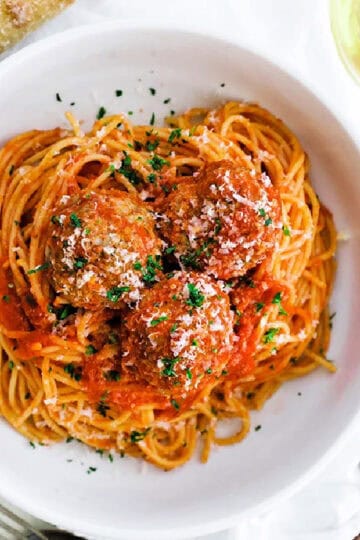
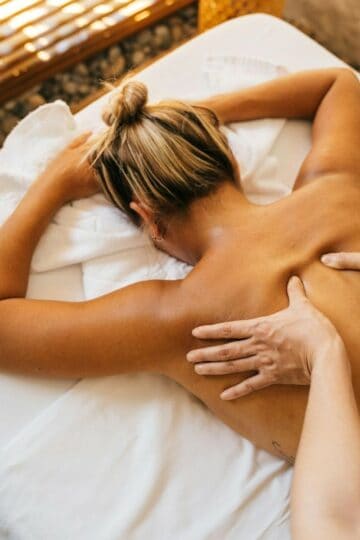

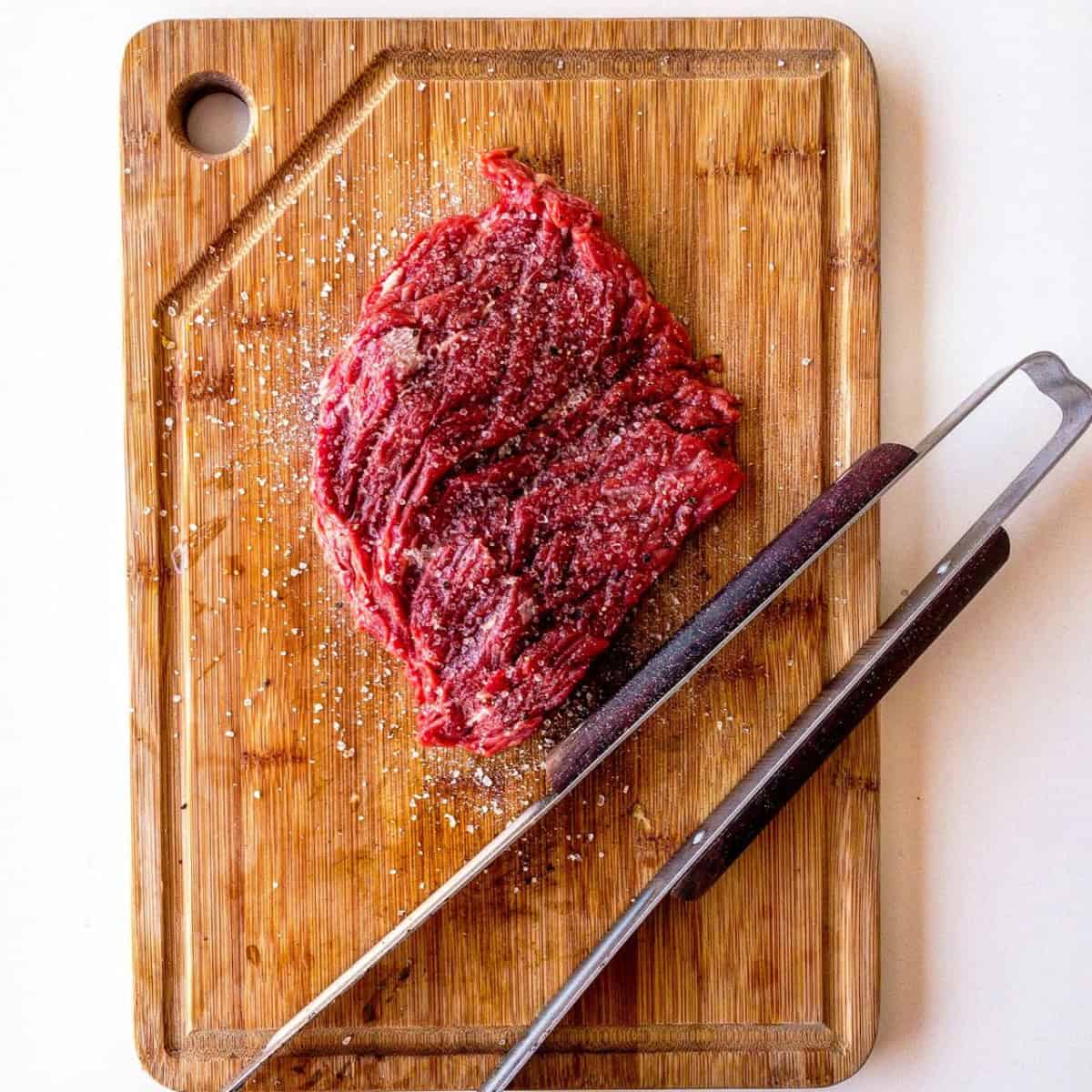
Leave a Reply